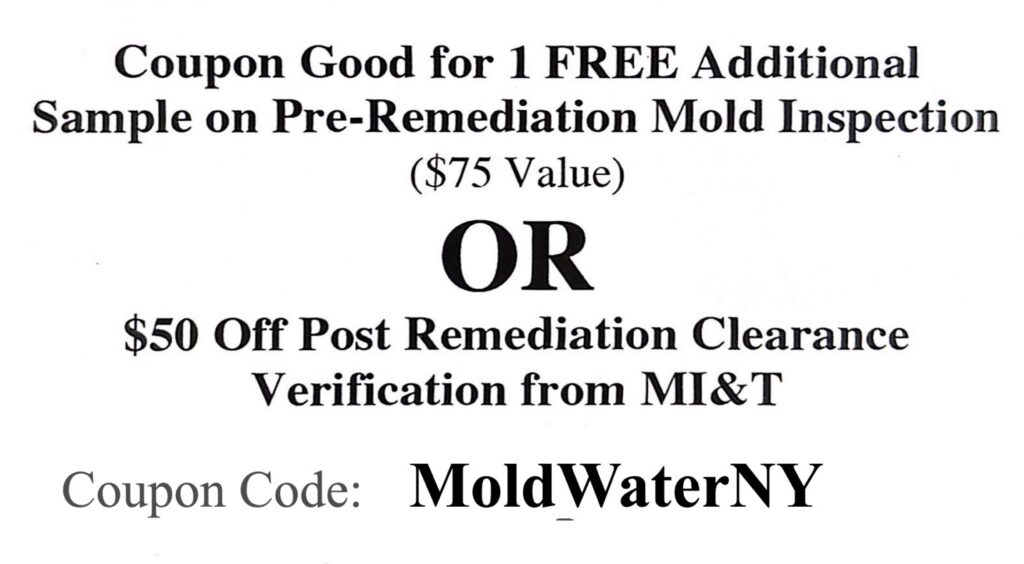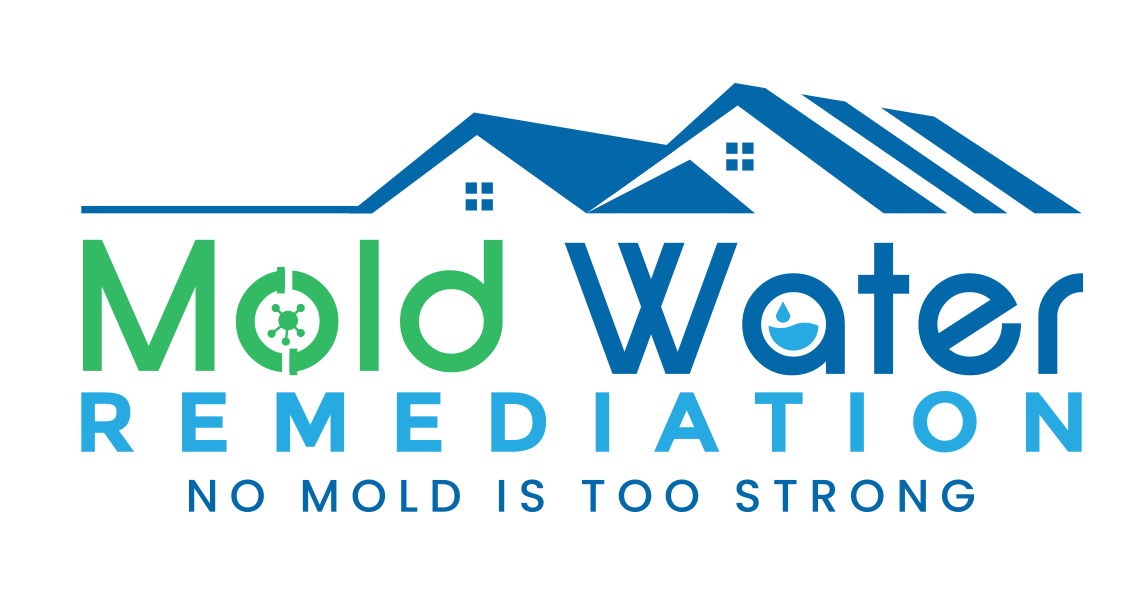Mold Testing: When to Consider It for Your Home or Business
Mold is a common issue that can affect both homes and businesses, especially in areas with high humidity or water damage. When mold is suspected, it’s important to determine its presence and extent to ensure a thorough and effective remediation process. But when should you get mold testing, and how does it fit into the mold remediation process? Here’s a guide to help you understand when mold testing is beneficial and why it’s an important step—especially after remediation.

When to Have Mold Testing Completed
- Visible Mold Growth: If you can see visible mold growth, you might be tempted to skip testing and move directly to remediation. If you know the extent of the problem and have clear signs of mold, such as dark spots or musty odors, you can often go straight to mold remediation. Mold testing, in this case, may not be necessary as you already know where the issue is.
- Suspected Hidden Mold: Mold often grows in hidden areas, such as behind walls, under floors, or in HVAC systems. If you suspect mold in places you can’t see, mold testing can help confirm its presence and determine its type and concentration. This is especially important if you’re buying a new property or suspect mold in hard-to-reach areas that aren’t immediately visible.
- Health Concerns: If you or your family members are experiencing health symptoms such as headaches, allergic reactions, or respiratory issues that may be linked to mold exposure, mold testing can help identify potential sources. Knowing the mold species present can also be useful for doctors in diagnosing mold-related health problems.
- Before Mold Remediation: While mold testing before starting remediation may not always be necessary (if you already know the extent of the problem), it can still be helpful. If funds permit, performing mold testing before remediation gives you a baseline of the mold’s severity, which can help you assess the effectiveness of the remediation process once it’s complete.
- Clearance Testing After Remediation: After mold remediation is completed, it’s highly recommended to have a Clearance Inspection and Testing performed by a third party. This ensures that the remediation was successful, all mold spores have been removed, and the air quality has returned to safe levels. It’s crucial to verify that the remediation was done correctly and that your home or business is now mold-free.
Why You Should Choose Third-Party Mold Testing
At Mold Water Remediation, while we specialize in mold remediation, we do not offer mold testing directly. However, we work closely with trusted third-party mold inspectors to ensure that our clients receive the best service. One such partner is Mold Inspection & Testing New York City. They offer professional mold testing and inspections, providing an unbiased report on the extent of the mold contamination in your property.
For those looking for affordable, reliable mold testing, MI&T NYC is a trusted choice. To schedule an appointment, you can contact them at 855-600-6653, Use Coupon Code MoldWaterNY or visit their website at Mold Inspection & Testing New York City.
As a special offer for our clients, use the coupon code MoldWaterNY to receive discounted pricing on mold testing services.

Conclusion
Mold testing can be a useful tool for identifying hidden mold and determining the extent of contamination before remediation. While visible growth might not always require testing before remediation, it’s essential to have a clearance inspection done post-remediation to ensure a job well done. At Best Option Restoration, we partner with reputable mold inspection companies like Mold Inspection & Testing New York City to provide thorough, reliable services.
If you’re concerned about mold, don’t hesitate to reach out for testing or remediation. With the right professionals by your side, you can ensure your property is safe and mold-free.
